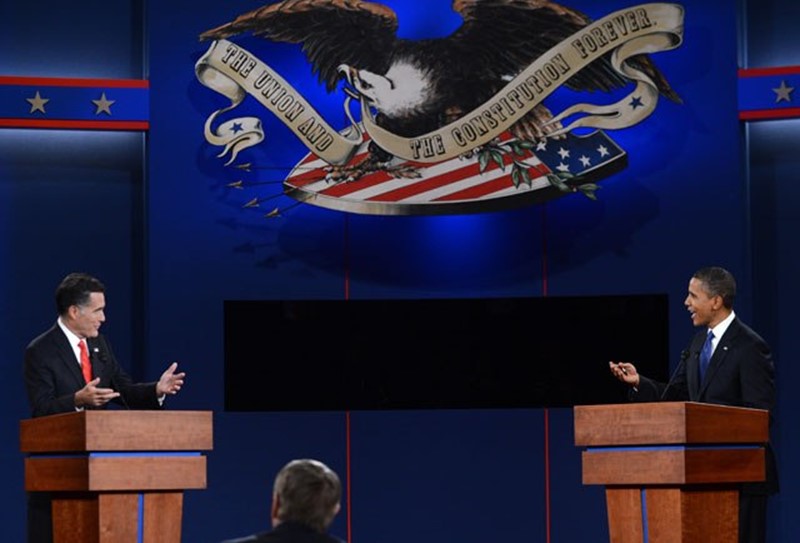
During American Presidential debates the most minute moments of the candidates’ performance are analyzed in excruciating detail. From the way that the candidates shake hands to the size of the flag pin that they wear. There is however one other important decision that a candidate has the make on the day of their debate: which colour tie they should wear. Centives went through all of the 22 Presidential debates that were broadcast in colour to see if there is any relationship between tie colour and ultimate victor.
Overall candidates have worn a tie with a red base colour 68% of the time, while blue has only been worn 16% of the time. The other 16% of the time candidates have worn a third colour, or a combination of colours.
Republican candidates have worn blue, the colour of the Democratic Party, 18% of the time. Democrats don’t seem to think as highly of their own colours and have only worn a blue tie 16% of the time. This might be because aside from Obama, democratic candidates who have tried wearing a blue tie have always lost the election. Carter was the first to bring out a blue tie against Reagan in 1980. Carter’s defeat was so traumatic for democrats, that it took 20 years before another democrat, Gore, was willing to try a blue tie…only to lose against Bush. In addition to being America’s first black President, Obama has the distinction of being America’s first democratic President who can pull off blue ties, having worn one in a debate against McCain.
Reagan was the only candidate who could be successful in a black tie. He wore one in his only debate against Carter, and for one of the debates against Mondale, four years later. Both Dole and McCain tried to follow in his footsteps by trying out black ties, and both went on to lose the election.
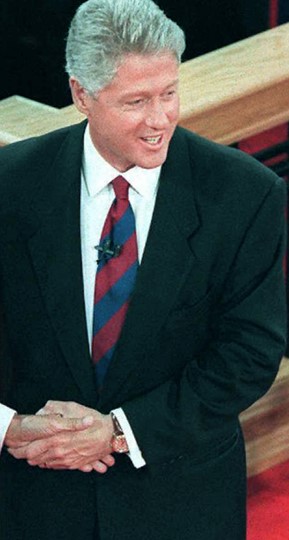
So what does all of this mean for Obama and Romney? Both will want to avoid black ties, unless either of them believes that they can measure up to Reagan. After having worn a blue tie for the first debate, Obama will probably not want to push his luck by wearing another one – after all, even in the debates against McCain he only wore a blue tie once, preferring to retreat to the relative safety of red for the other two debates. Bipartisanship was an important theme in the first debate, and perhaps the candidates will want to try something similar to the blue-red hybrid that Clinton wore during most of his debates.
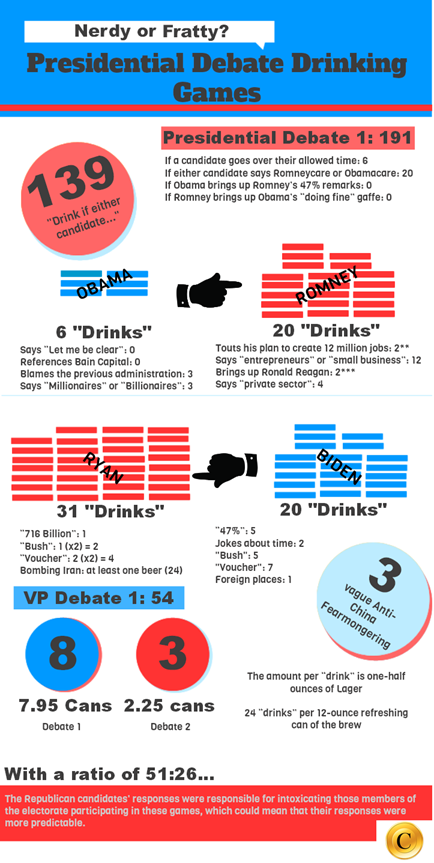



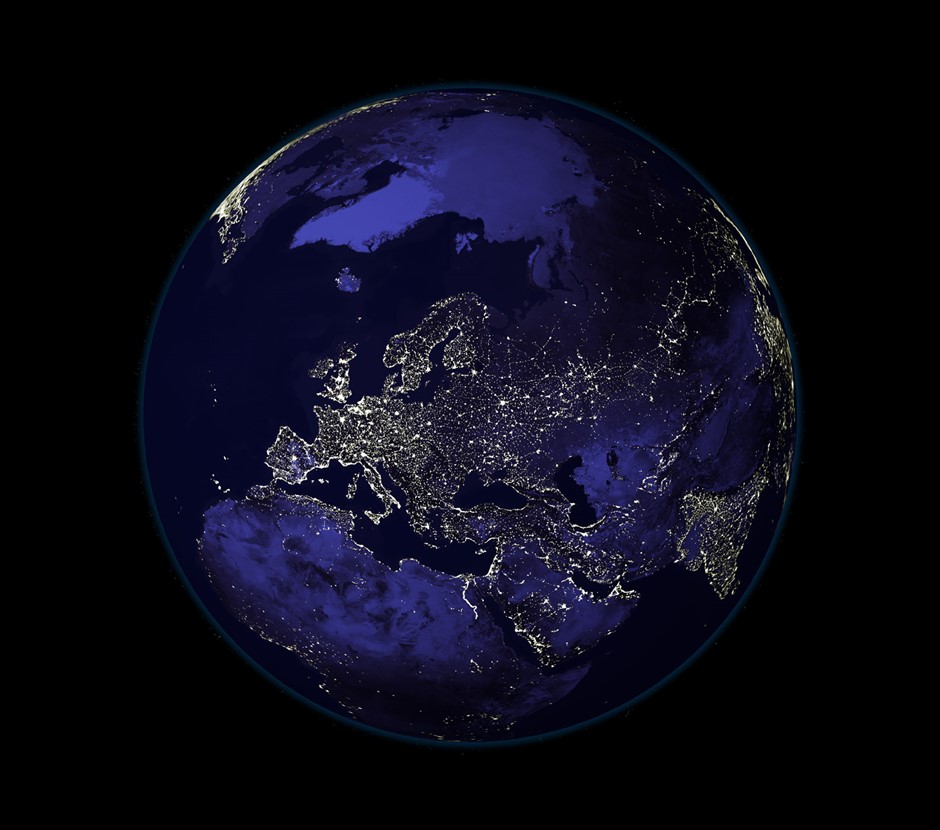

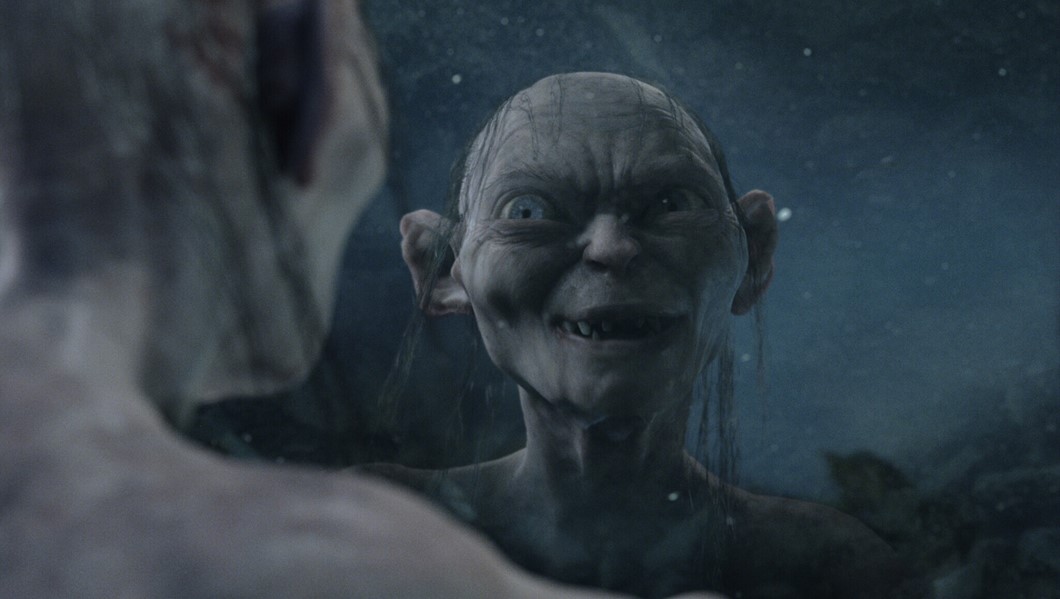
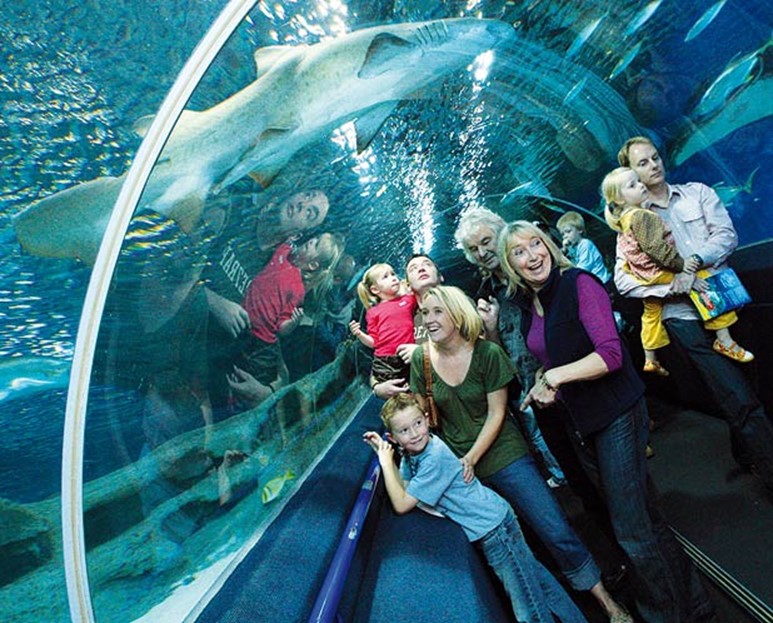
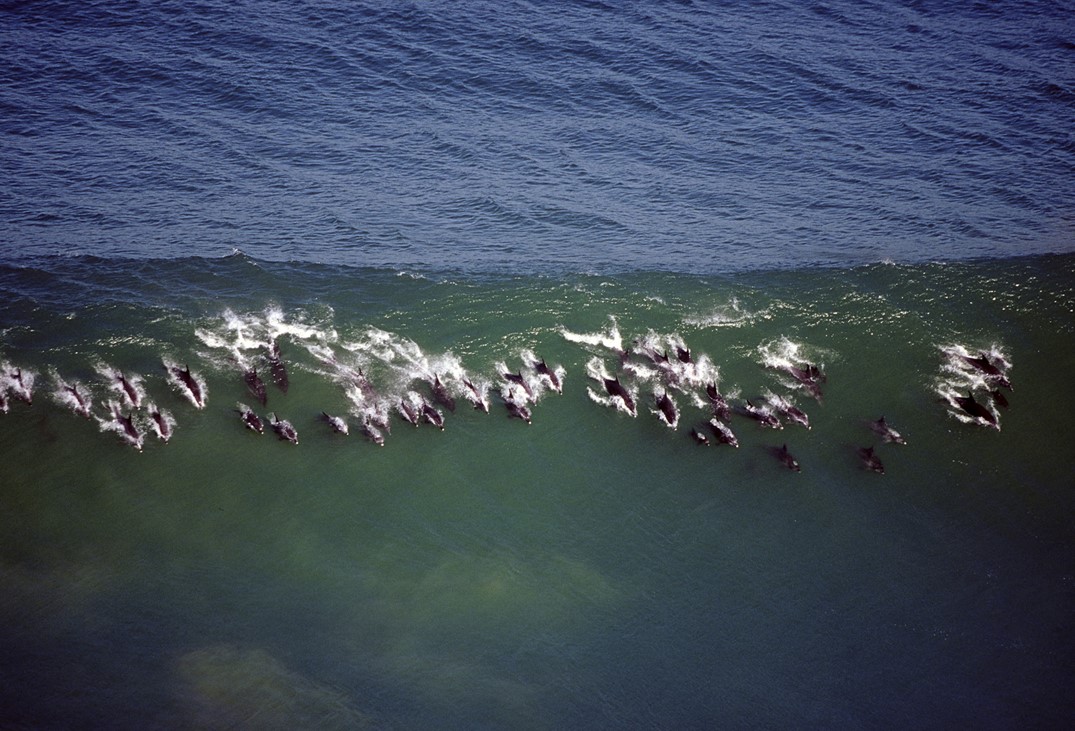
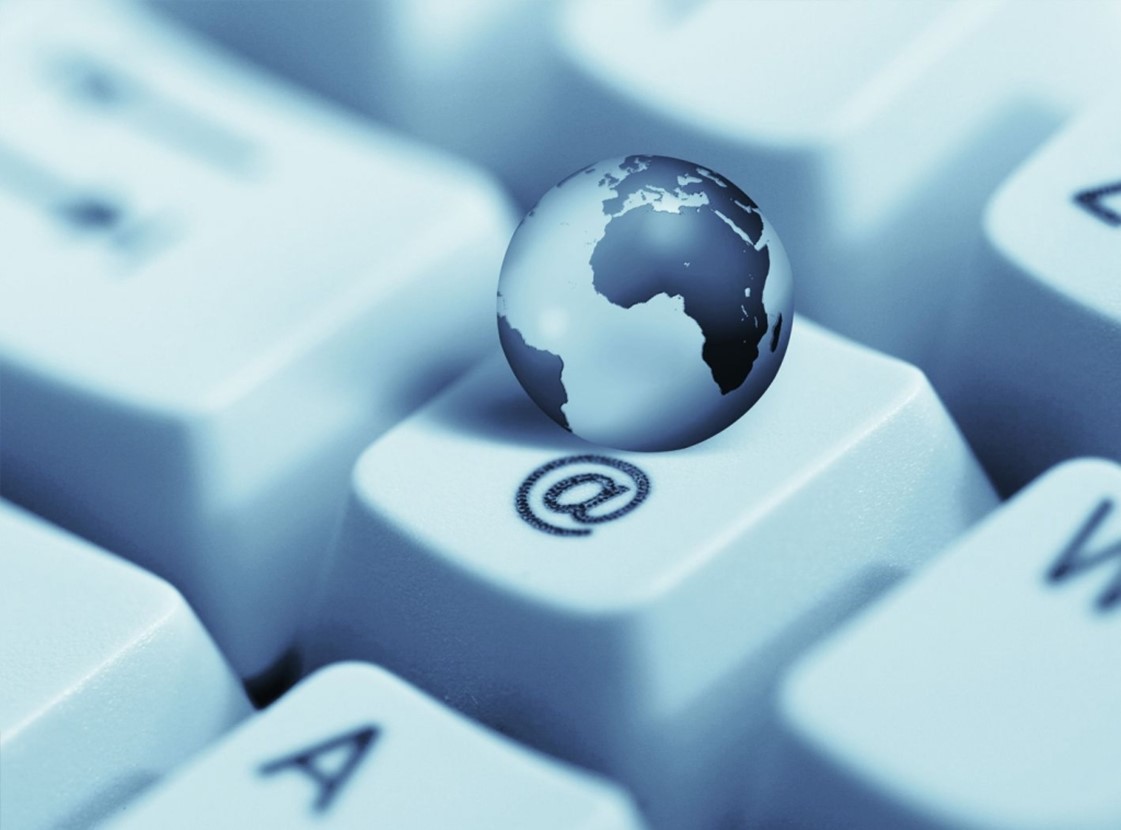

Join the Discussion! (No Signup Required)